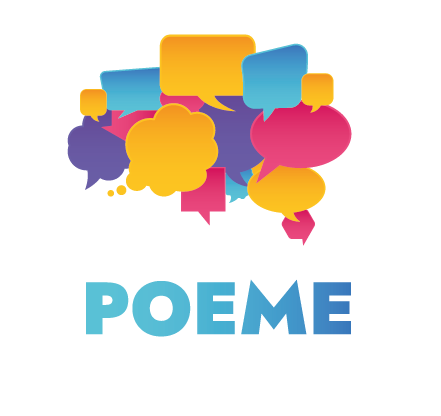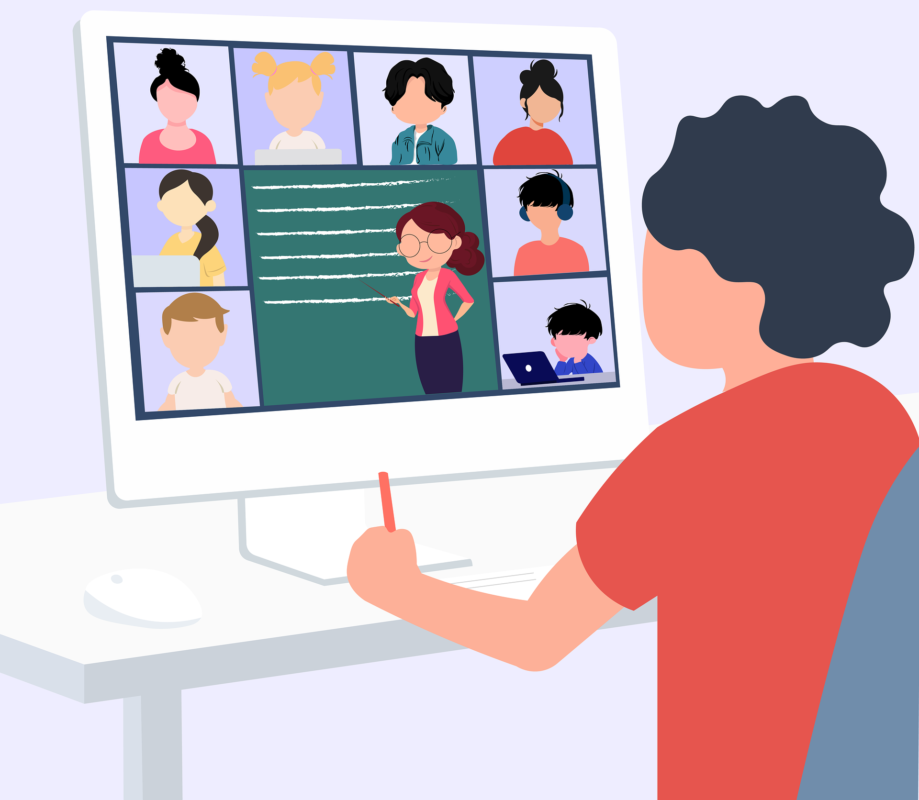Technology in teaching a foreigner language has become vital, as digital means in education came to stay permanently. Traditional education is effective to a certain degree while modern technology is the best complementary educational tool as it allows for far more interactive learning materials and engagement in classroom, either physical or online, than ever before.
The use of technology in the classroom, as well as outside of it, motivates students by providing gadgets with which they can learn a language utilizing services such as interactive multimedia, among other things. There is no doubt that standard textbooks with their accompanying DC of practice activities benefit pupils a lot, but learning using a tablet or smartphone or a computer is far more engaging for young kids, especially if the content is interesting.
The Consortium has established the POEME Project to modernize second language education in content, taking into account the linguistic hurdles that impede migrant students from integrating into European school settings, as well as rapid technology progress. Through thorough e-reports, e-guidebooks, webinar training and workshops, as well as blended learning sample material development, both instructors and students will be strengthened with digital and soft skills. It is crucial to mention that the learning material will be one of a kind since the content will rely on National Cultural Heritages allowing pupils to increase both language skills and cultural acknowledgement.





